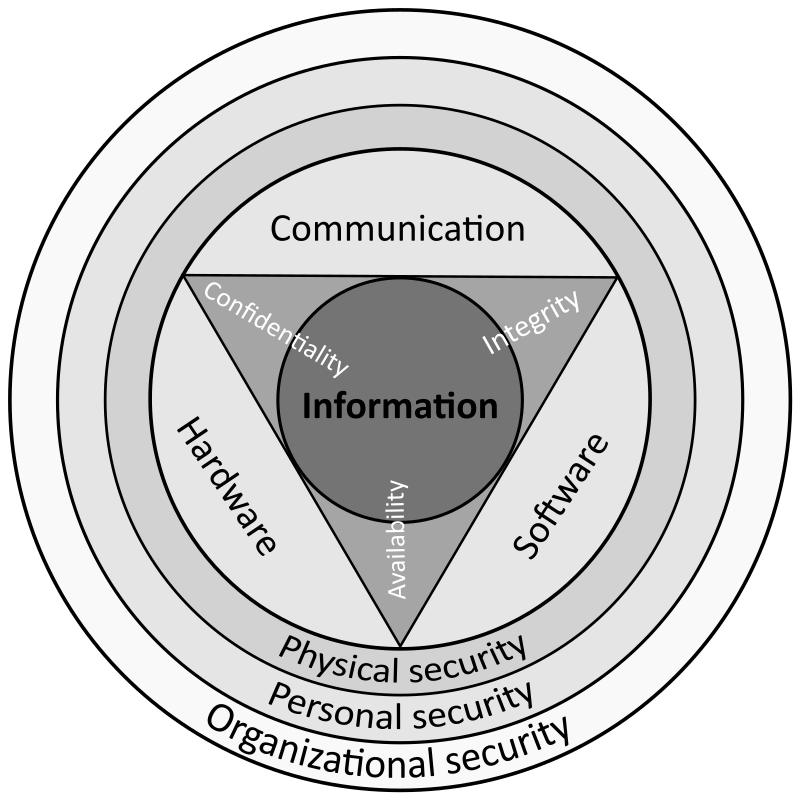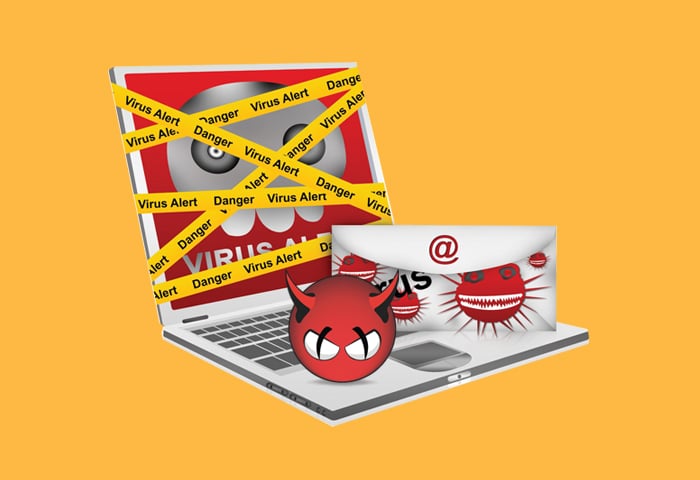
- #HOW TO RUN SCRIPT ON MAC TO CHECK FOR VIRUSES WORM UPDATE#
- #HOW TO RUN SCRIPT ON MAC TO CHECK FOR VIRUSES WORM SOFTWARE#
- #HOW TO RUN SCRIPT ON MAC TO CHECK FOR VIRUSES WORM CODE#
- #HOW TO RUN SCRIPT ON MAC TO CHECK FOR VIRUSES WORM WINDOWS#
Virus Hoaxes are emails sent to users usually with a warning about a virus attack. Melissa infected many users by attaching to the Word doc and then when the file was copied or emailed, the virus spread along with the file. One of the most longstanding viruses was the Melissa virus, which spread through Microsoft Word Macros. A critical countermeasure to virus infection is to maintain up-to-date virus definitions in an antivirus program. This allows an attacker to evade antivirus detection and removal for a period of time. Additional time may elapse before a user updates the antivirus program, allowing the system to be vulnerable to an infection.
#HOW TO RUN SCRIPT ON MAC TO CHECK FOR VIRUSES WORM UPDATE#
Until the virus is detected and antivirus companies have a chance to update virus definitions, the virus goes undetected. The virus signature or definition is the way an antivirus program is able to determine if a system is infected by a virus. Because virus detection and removal is based on a signature of the program, a hacker just needs to change the signature or look of the virus to prevent detection.
#HOW TO RUN SCRIPT ON MAC TO CHECK FOR VIRUSES WORM WINDOWS#
NTFS and Active Directory Viruses These viruses specifically attack the NT file system or Active Directory on Windows systems.Īn attacker can write a custom script or virus that won’t be detected by antivirus programs. Tunneling Viruses These viruses are sent via a different protocol or encrypted to prevent detection or allow it to pass through a firewall.Ĭamouflage Viruses These viruses appear to be another program. Cavity (Space-Filler) Viruses These viruses attach to empty areas of files.
Multipartite Viruses These advanced viruses create multiple infections. Armored Viruses These viruses are encrypted to prevent detection. Sparse Infectors These viruses infect only a few systems or applications. This can sometimes allow the program to infect a system without detection by an antivirus program. Stealth Viruses These viruses hide the normal virus characteristics, such as modifying the original time and date stamp of the file so as to prevent the virus from being noticed as a new file on the system.įast and Slow Infectors These viruses can evade detection by infecting very quickly or very slowly.
#HOW TO RUN SCRIPT ON MAC TO CHECK FOR VIRUSES WORM CODE#
Polymorphic Viruses These viruses encrypt the code in a different way with each infection and can change to different forms to try to evade detection. Viruses are categorized according to their infection technique, as follows: By attaching itself to the benign executable a virus can spread fairly quickly as users or the system runs the executable. Viruses need to be carried by another executable program. A virus can infect the following components of a system:Ĭompanion files (supporting system files like DLL and INI files)Ī virus infects through interaction with an outside system. Viruses are classified according to two factors: what they infect and how they infect. Viruses and worms both execute without the knowledge or desire of the end user. A worm spreadsġ42 Chapter 5 n Trojans, Backdoors, Viruses, and Wormsįrom system to system automatically, but a virus needs another program in order to spread. A worm can self-replicate and move from infected host to another host. Examples of virus carrier programs are macros, games, email attachments, Visual Basic scripts, and animations.Ī worm is similar to a virus in many ways but does not need a carrier program.

The virus code is injected into the previously benign program and is spread when the program is run. A virus infects another executable and uses this carrier program to spread itself.
#HOW TO RUN SCRIPT ON MAC TO CHECK FOR VIRUSES WORM SOFTWARE#
In this way, a virus or worm is a carrier and allows malicious code such as Trojans and backdoors to be transferred from system to system much in the way that contact between people allows germs to spread.Ī virus and a worm are similar in that they’re both forms of malicious software ( malware). Many viruses and worms carry Trojans and backdoors. Viruses and worms can be used to infect a system and modify a system to allow a hacker to gain access. The command to run the System File Checker is sfc/scannow. If System File Checker detects that a file has been overwritten, it retrieves a known good file from the Windows\system32\dllcache folder and overwrites the unverified file. System File Checker is another command line–based tool used to check whether a Trojan program has replaced files. Click the View Log button to see the report.

Understanding Steganography Technologies.Understanding Keyloggers and Other Spyware Technologies.


 0 kommentar(er)
0 kommentar(er)
